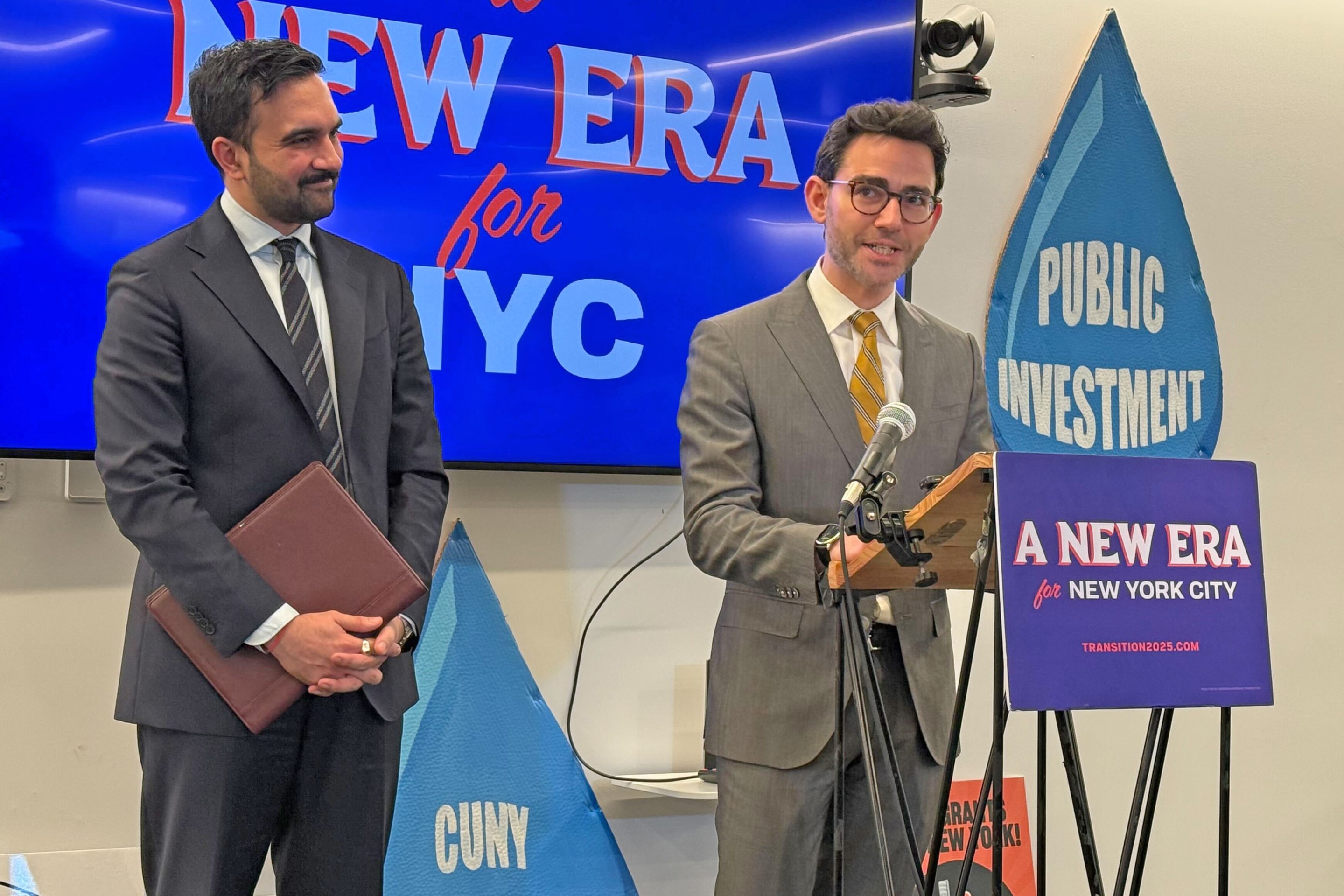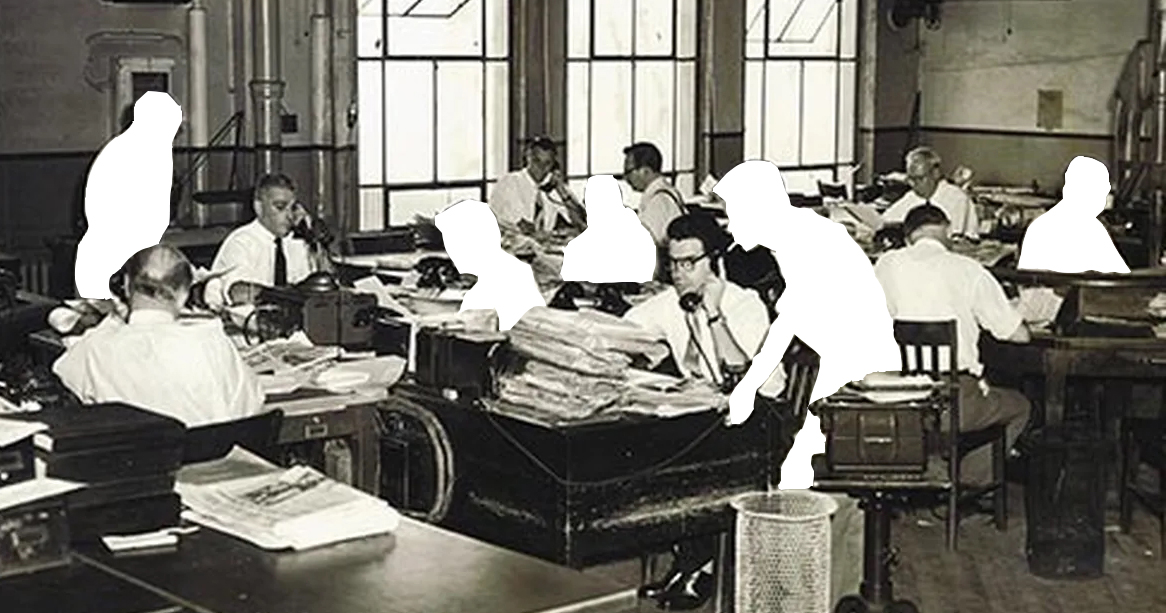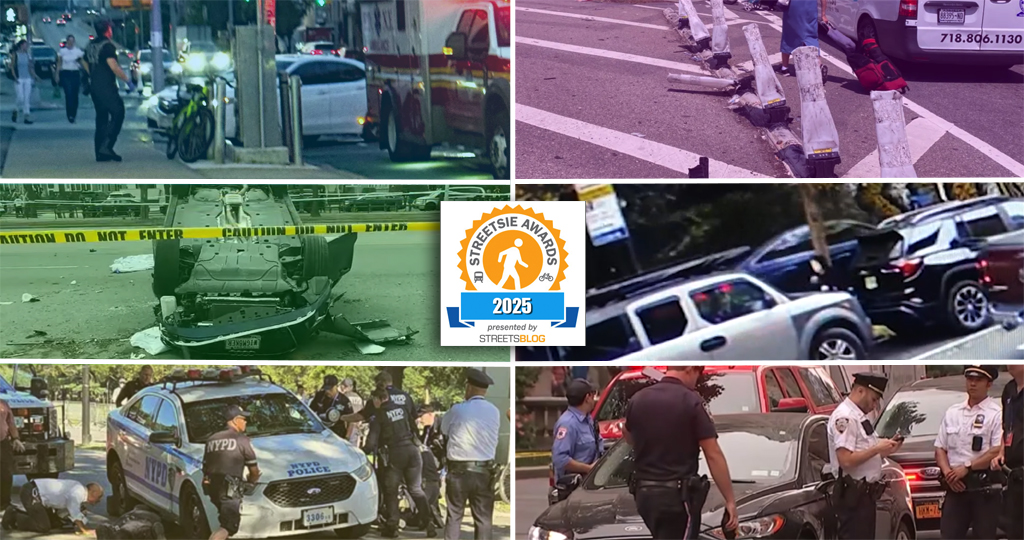Let's say a cash-strapped city invests a quarter of a million dollars to speed traffic on a road. But those precious local resources would only serve to make the road more dangerous for pedestrians and cyclists -- and might even lengthen wait times for people in cars.
You might call it crazy. But in old-school transportation engineering circles, they call things like that "improvements" or "upgrades."
According to James Sinclair at Network blog Stop and Move, that's exactly what's happening in the city of Fresno, where local officials have decided to spend $250,000 on a new turn lane at an intersection that's already a disaster for pedestrians:
Since this is Fresno, we know there's nothing higher on the priority list than finding yet another way to widen a street. An upgrade, as it's usually called, although the only thing being upgraded are vehicle speeds. And even that is questionable. Yes, one would expect a dedicated turn lane to improve the efficiency of those looking to turn right in their private vehicle ... But what of everyone else?
In my calculations, this "improvement" negatively impacts many people. Pedestrians lose out in two big ways. Well, three, if you include the fact that $250,000 could have probably built a whole lot of sidewalk in places without any...
1) Those crossing Kings Canyon find themselves with an even wider road to cross, and so an even less pleasant experience. Pedestrians crossing Kings Canyon must already walk past 7 lanes, and now it will be 8 (one of the lanes is an unstriped bus bay). That's 96 feet, just to make it across a road.
2) And now they'll have to deal with a lovely right turn lane, in which turning right on red as quickly as possible is almost the law. Those crossing north will have to be on their toes if there is a large vehicle in the right-through lane, because anyone wishing to turn right in the new lane will speed past the crosswalk line to get a good view.
Sinclair goes on to add that the expensive new lane will also, ironically, slow down car travel, because the additional width will require longer crossing times for pedestrians. I think this is what you might call a lose-lose.
Elsewhere on the network today: Pattern Cities asks readers to participate in a research project to identify conflicts between public and private space. Seattle Transit Blog explores how bike sharing systems can be made available to those who lack bank accounts. And Carfree with Kids shows off their expanded-cargospace bike collection, perfect for ferrying around to youngsters.






